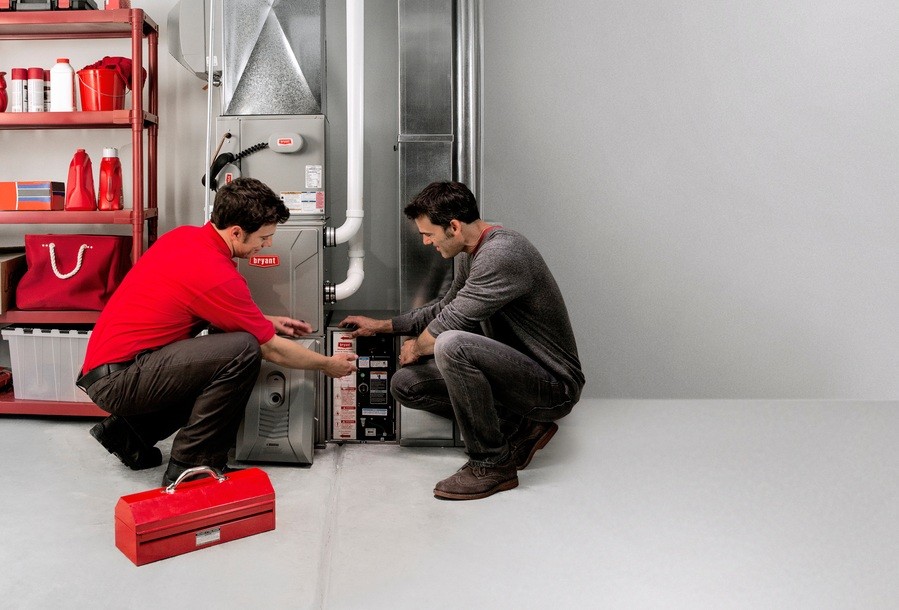
Avoid unnecessary expenses in obsolete air conditioning units
Anyone who has experienced a CA breakdown on a hot and scorching day knows how awkward it can be. Fortunately, Issaquah, WA, and the surrounding areas have soft climates, and extremely hot days are rare, but when they hit, you want their air conditioning to be reliable. To avoid an inoportuna failure, it is important to monitor the health of your cooling system and decide whether to repair the problems or replace a aging unit before an important problem occurs.
The decision to opt for CA repair or replace an air conditioning unit depends on some key factors. How old is the unit? Are you uploading your energy invoices without apparent reason? Is CA fighting to keep your home comfortable? In this publication, we will explore each of these together with local factors, such as climatic and energy costs, to help you make an informed decision.
See more: 5 HVAC smart updates so that your home is more comfortable
How long do CA units last?
Most central air conditioning systems last between 15 and 20 years. If your AC is inside or beyond this age range, it may be close to the end of its useful life. In temperate climates, where summer maximums averaged around 73 ° F, their AC may not work as relentlessly as it would in a hotter region. That lighter workload sometimes helps an air conditioning to last the upper end of the useful life.
However, age still has its price in any cooling system. The air conditioners naturally become less efficient and more likely to break as the years go by. Once your unit passes the 10 -year brand, you can lose performance even if you still technically run. You can also notice that you need repairs more frequently as you get old.
Are you seeing rising energy invoices?
Another red flag that your AC could be in your last legs is a sudden jump in your electrical bills. If you notice that your summer electricity costs rise every year without changing the way you use the air conditioning, an aging air conditioning could be the culprit. As CA units lose efficiency over time, they often have to run more time or work more to cool their home. This additional execution time increases the use of electricity.
For example, a 20-year-old air conditioning could have a seasonal energy efficiency ratio (SEER) as low as 8-10, while today’s modern models generally have 14 or more classifications. That means that the previous unit could use almost twice the electricity to provide the same cooling output as a new system. In summary, the inefficiency of an earlier air conditioning appears directly on its public services invoice.
Is your CA unit slowing down?
Beyond age and energy costs, pay attention to how well your AC is being cooled. There are several revealing signs that the performance of its air conditioning is decreasing. If you notice any of the following problems, you can indicate that a repair is not enough and a replacement should be considered:
- Frequent breakdown: If your AC requires calling a repair technician several times in a season, it is a red flag. Replacing part after part can be expensive, and at some point, it makes more sense to invest in a new system.
- Strange noises or odors: noisy noisy, blows or squeaky sounds, as well as smells of moisture or ardor, are signs of serious problems inside the air conditioning. These often point to the main failures of the components (such as an engine or mold that fails in the ducts) that are not worth fixing.
- Weak or unequal cooling: an aging system can fight to maintain consistent temperatures and adequate humidity. You can notice that parts of the home remain too warm or feel wet. This is a clue that the AC can no longer keep up with demand, and the key components can be deteriorated.
- Constant operation or short cycling: if your C works without stopping without reaching the temperature of the thermostat set or turns on and turns on every few minutes (short cycling), it is a sign that the C cannot keep the rhythm.
Any of these problems is a matter of concern. When he has multiple symptoms (for example, his unit is over 15 years old and has difficulty cooling, and his invoices are high), it is a strong indication that his AC is close to the end of his life.
Do not let your CA fights last. If your cooling system shows signs of age or inefficiency, call us or complete our contact form today. We will help you decide whether to repair or install a new Bryant unit is the correct movement.

